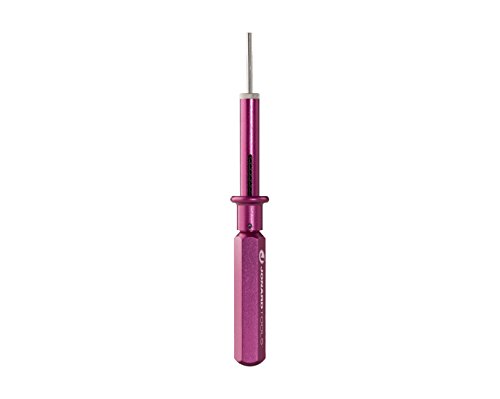I have personally never used the term PMD for stannous chloride although technically that is what it is because in addition to detecting gold in solution, it can detect other precious metals once the dark masking color of gold has been removed from solution. But just because it is not used here on the forum doesn't make it incorrect.
A dark purple to black stain is indicative of gold in an aqua regia solution.
Zinc and aluminum would not drop clean gold from solution they would simply drop the metals with a higher electrode potential. Aluminum has a higher electrode potential than zinc so it would even drop more metals out of solution than zinc. That process is called cementation and the best metal for cementation of precious metals is copper. Because copper sits just above the precious metals on an electromotive series chart. (not totally true, mercury is also below copper but it is rarely encountered when refining the scrap we normally see.)
That leaves SMB, or sodium metabisulfite, or ferrous sulfate. Dirty solutions are best treated with ferrous sulfate and cleaner solutions with metabisulfite.
You said you mixed your aqua regia 3:1 which classically is the way it was made. And Ms Hoke used it that way in her book. But when pre mixing aqua regia, it is easy to add too much extra nitric acid which has to be dealt with before the gold will drop out of solution. Slow measured small additions of nitric added until the reaction stops is preferred.
I taught refining to many refiners over the years for a living and I have learned that feeding folks information they can use in a way they can understand and use it beneficially invariably produces better refiners. On the other hand calling someone who is trying to help you a big bad chemist doesn't win you any brownie points either. If you can just accept some of the information you are given, which ultimately is to help you solve your refining dilemma, you will benefit in the long run.






















































![[5-Yrs Free Data Recovery] Gigastone 256GB Micro SD Card, 4K Game Pro, MicroSDXC Memory Card for Nintendo-Switch, GoPro, Action Camera, DJI, UHD Video, R/W up to 100/60MB/s, UHS-I U3 A2 V30 C10](https://m.media-amazon.com/images/I/41c2At+bojL._SL500_.jpg)




















